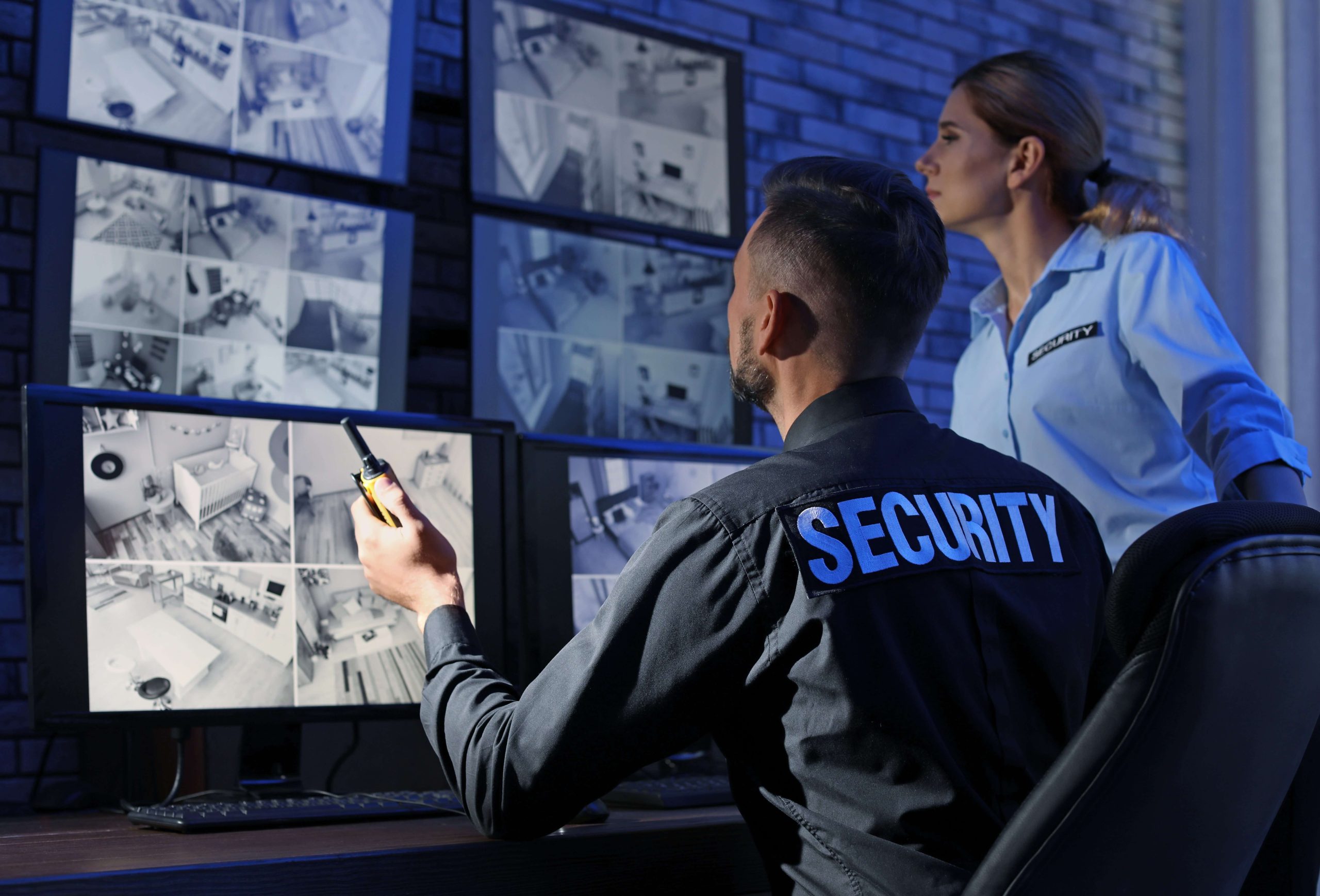In today’s complex security landscape, managing a security team efficiently is critical for ensuring safety and effectiveness. A robust security guard management system can streamline operations, improve communication, and enhance overall security performance. This article will explore the key features of effective security guard management solutions, highlighting their importance and benefits for organizations of all sizes.
Understanding Security Guard Management Systems
A security guard management system is a software solution designed to help security companies and organizations manage their security personnel and operations effectively. These systems provide tools for scheduling, reporting, communication, and performance tracking, ensuring that security teams can perform their duties efficiently and effectively.
Benefits of Implementing a Security Guard Management System
- Improved Efficiency: Automating routine tasks such as scheduling and reporting allows security personnel to focus on their primary responsibilities—ensuring safety and security.
- Enhanced Communication: A centralized communication platform facilitates real-time information sharing among team members, improving response times and coordination.
- Better Accountability: By tracking guard activities and performance, organizations can hold security personnel accountable for their duties, leading to improved service quality.
- Data-Driven Decisions: Analytics and reporting features provide valuable insights into security operations, enabling organizations to make informed decisions based on data.
Key Features of Effective Security Guard Management Solutions
When evaluating security guard management systems, it’s essential to consider the following key features:
1. Scheduling and Shift Management
An effective security guard management system should include robust scheduling capabilities. This feature allows managers to create and manage shifts easily, ensuring adequate coverage and minimizing scheduling conflicts.
- Benefits: Automated scheduling helps prevent overstaffing or understaffing, leading to optimal resource allocation and enhanced operational efficiency.
2. Real-Time Reporting and Incident Management
Real-time reporting capabilities are crucial for effective incident management. Security personnel should be able to log incidents, accidents, and other significant events directly into the system.
- Benefits: Immediate reporting ensures that incidents are documented accurately and allows for timely response and follow-up. This feature also assists in compliance with regulatory requirements.
3. Mobile Access
With security personnel often on the move, a mobile-friendly security guard management system is essential. Mobile access allows guards to receive updates, log incidents, and communicate with their team from anywhere.
- Benefits: Mobile functionality enhances flexibility and responsiveness, enabling guards to act quickly in emergency situations and maintain communication with their supervisors.
4. GPS Tracking and Geofencing
Incorporating GPS tracking and geofencing features allows organizations to monitor the location of security personnel in real time. This capability helps ensure that guards are on-site and adhering to their assigned locations.
- Benefits: GPS tracking provides accountability and enables managers to verify that personnel are fulfilling their duties as assigned. Geofencing can trigger alerts if guards leave designated areas.
5. Communication Tools
An effective security guard management system should include built-in communication tools, such as messaging, alerts, and notifications. This feature allows for seamless communication between guards and management.
- Benefits: Improved communication enhances coordination and ensures that important information is shared promptly, leading to faster response times during incidents.
6. Performance Monitoring and Analytics
Monitoring guard performance is essential for maintaining high standards of service. A robust security guard management system should provide analytics and reporting tools to track key performance indicators (KPIs) such as response times, incident reports, and attendance.
- Benefits: Data-driven insights help identify areas for improvement and enable management to provide targeted training and support to security personnel.
7. Training and Certification Management
Managing the training and certification of security personnel is crucial for ensuring compliance with industry standards. A security guard management system should include tools for tracking training progress and certification renewals.
- Benefits: This feature helps organizations maintain a well-trained and compliant workforce, reducing liability risks and improving service quality.
8. Customizable Dashboards and User Interfaces
Different organizations have unique needs and workflows. A security guard management system should offer customizable dashboards and user interfaces to cater to specific operational requirements.
- Benefits: Customization enhances usability, allowing users to access the information and tools most relevant to their roles, improving overall efficiency.
9. Integration Capabilities
The ability to integrate with other software and systems, such as payroll, human resources, and incident reporting tools, is essential for a comprehensive security guard management solution.
- Benefits: Integration streamlines operations and reduces the need for duplicate data entry, enhancing overall efficiency and data accuracy.
10. Customer Support and Training
Effective customer support and training resources are vital for ensuring that organizations can maximize the benefits of their security guard management system. Vendors should provide comprehensive training materials and responsive support.
- Benefits: Quality customer support helps organizations resolve issues quickly and ensures that personnel are well-trained in using the system effectively.
Conclusion
Implementing an effective security guard management system is essential for organizations looking to enhance their security operations. By considering key features such as scheduling, real-time reporting, mobile access, GPS tracking, and performance monitoring, organizations can select a solution that meets their specific needs. The right system not only improves efficiency and accountability but also enhances overall security performance, ultimately leading to a safer environment for employees and customers alike.

